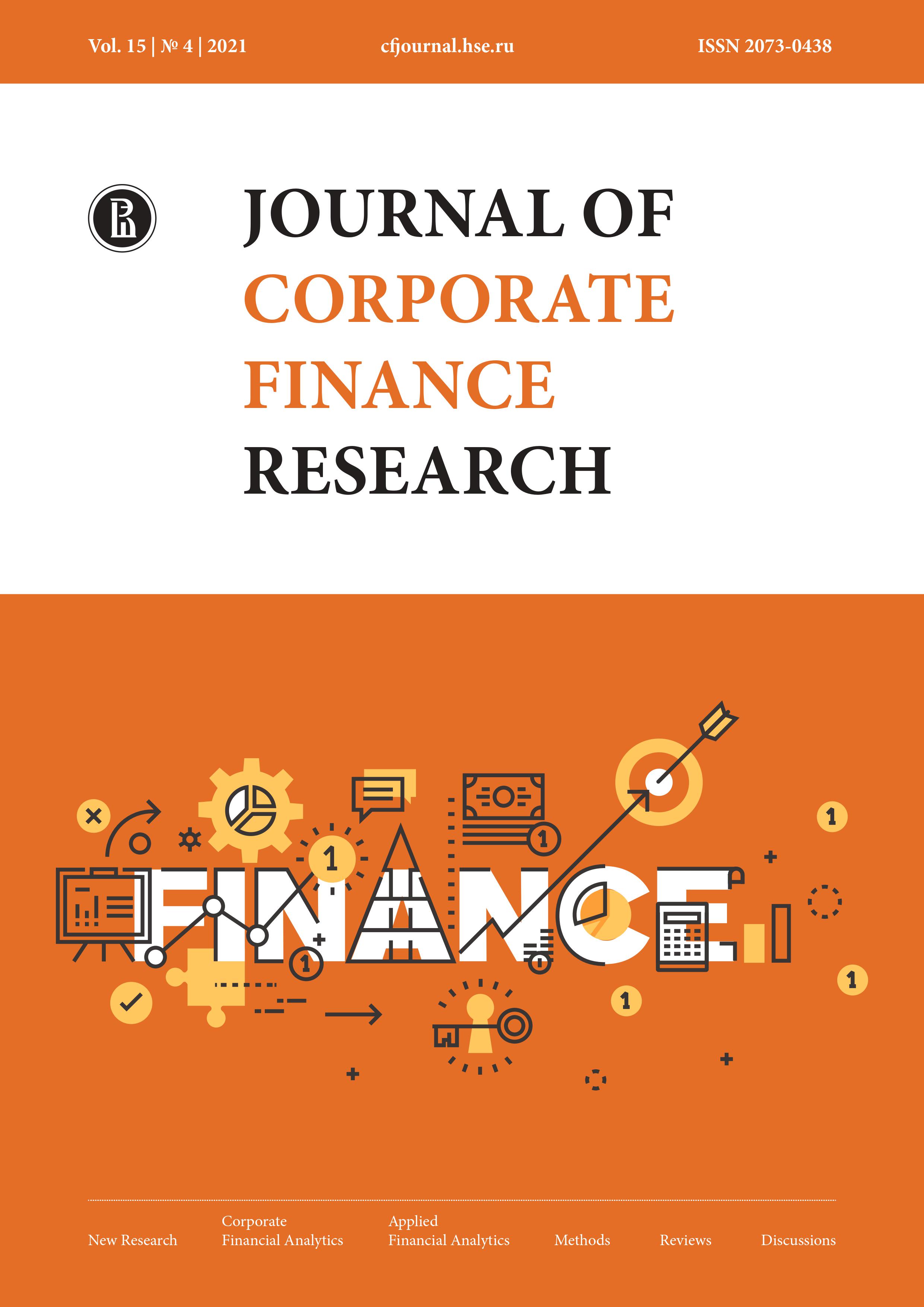Approaches to Building Default Probability Models for Financial Instruments of Project Financing at Long Time Horizons
Abstract
Project financing is one of the priority tools for stimulating the country's economic growth around the world, which allows the implementation of large-scale and capital-intensive projects, providing favorable credit conditions with insufficient creditworthiness of the project beneficiaries [1].
As a rule, project financing instruments are long-term (10-30 years, depending on the type of transaction), so this asset class is interesting for the implementation of the task of building long-term models for assessing credit risk associated with the introduction in 2018 of the new international financial reporting standard IFRS 9 "Financial Instruments".
The new standard requires financial institutions to calculate their expected credit loss (ECL) at the time of granting loans and other banking products exposed to credit risk [2], taking into account different time horizons, which significantly changes the traditional approaches to assessing credit risk by commercial banks [3], [4].
As part of this work, a model was built to assess the long-term probability of default for the portfolio of assets of a Russian commercial bank belonging to the project finance segment in accordance with the requirements of the International Financial Reporting standard IFRS 9 "Financial Instruments". At present, the topic of this work is extremely relevant and may be of interest both for commercial banks that are faced with the problem of improving credit risk assessment models

